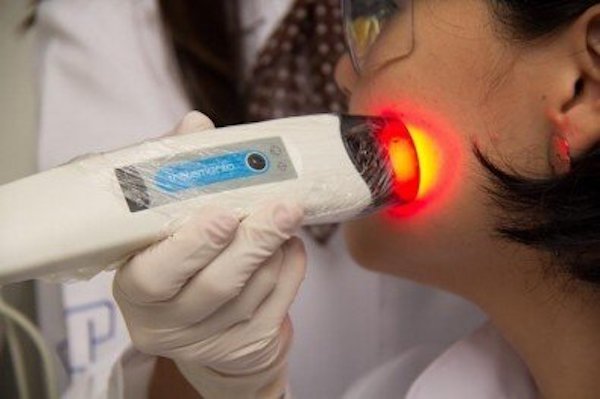
In a new study, researchers found photodynamic therapy can be an efficient ally to combat secondary infections in COVID-19 patients.
The use of the technique, which combines light and a photosensitizing chemical substance to kill microorganisms in the respiratory tract, can work as a complementary treatment.
The research was conducted by a team at the Optics and Photonics Research Center (CEPOF).
COVID-19 can lead to complications that go beyond the virus, and scientists need to also strive to find treatments for these other problems.
Treating co-infections and secondary infections can improve the prognosis in severe cases, above all for patients who are intubated and face a higher risk of infection by other microorganisms such as the bacteria that cause pneumonia.
In the study, the compounds used in photodynamic therapy interact with light to produce singlet oxygen, a highly reactive oxygen species that kill viruses and bacteria by oxidizing their membranes.
When the patient inhales these substances, the drug can be activated with extracorporeal light, which then attacks pathogens in the airways.
Photodynamic therapy cannot be used to attack the novel coronavirus SARS-CoV-2 directly since it does not eliminate harmful microorganisms present in the bloodstream (only in the airways).
However, the researchers stress the importance of developing techniques to combat COVID-19 coinfections caused by bacteria and other viruses, avoid the need for intensive medical care, and minimize transmission of the disease to other people.
The team has conducted several studies on the use of photodynamic therapy to treat pneumonia, skin cancer, and other diseases.
The team says it’s quite likely that people who survive COVID-19 may be more prone to respiratory complications such as pneumonia because of the severe inflammation.
Scientists need to develop novel techniques and alternative treatments.
One author of the study is Vanderlei Bagnato.
The study is published in Photodiagnosis and Photodynamic Therapy.
Copyright © 2020 Knowridge Science Report. All rights reserved.



